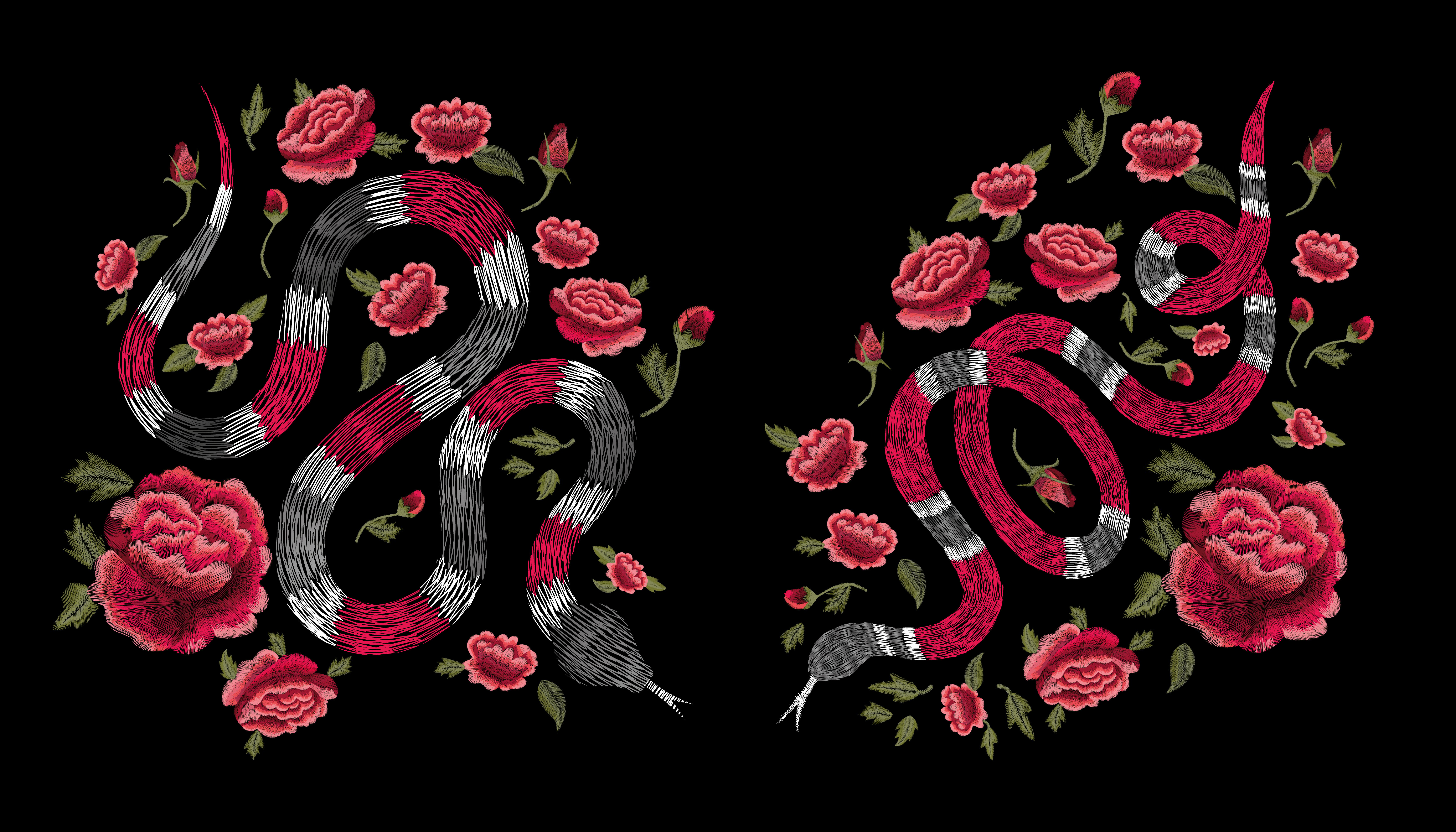

Here where I work at Sharprint, we decorate apparel in three main ways, screen print, digital print and embroidery. Out of the three, embroidery has been a fully formed practice the longest by far. Embroidery using silk thread has been known to have been practiced as far back as the 5th century BC in China. However, it has failed to have as significant a cultural impact as screen print or digital printing despite having a solid couple of millennia to get ahead.
By my estimation the most recognizable art movement in America, is pop art, in which the most notable work was almost entirely screen print. And digital printing... its just unavoidable. The entire medium of photography is quickly moving towards output using nothing but digital means. Screen printed and digitally printed art are common place.
While embroidery’s relative cost, time consumption and limited range of substrate may have hindered it from blossoming into the cultural force that screen and digital printing have, it has recently been trickling outside its apparel decoration roots. Currently there is a bit of a resurgence in craft based art, a movement often referred to as Indie Craft (sigh...). One of the more recognizable sub categories of this may be the trendy “Yarn Bombing” (you’ve got to see this), but there’s also tons of other media including some really interesting quilting, domestic goods, and yes, embroidery. However, it goes all the way to the top, being utilized in “high” art (capital “A”).
Italian artist Maurizio Anzeri is using embroidery in the major leagues. His other worldly alterations to vintage and fashion photos have him showing in the Saatchi Gallery among others.

Orly Cogan, an Israeli artist, is also making some waves with her sexually charged (and often perversely hilarious) neo-feminist statements. She inventively uses embroidery as a drawing medium while using societies notions of the media to her ends.

Japanese artist Takashii Wasaki is a bit lesser known but employs embroidery is some interesting ways. His whimsical non-objective abstractions use color, shape and composition as language ala mid to late career Kandinsky.


Leave a Reply
Your email address will remain private and will not be shared.